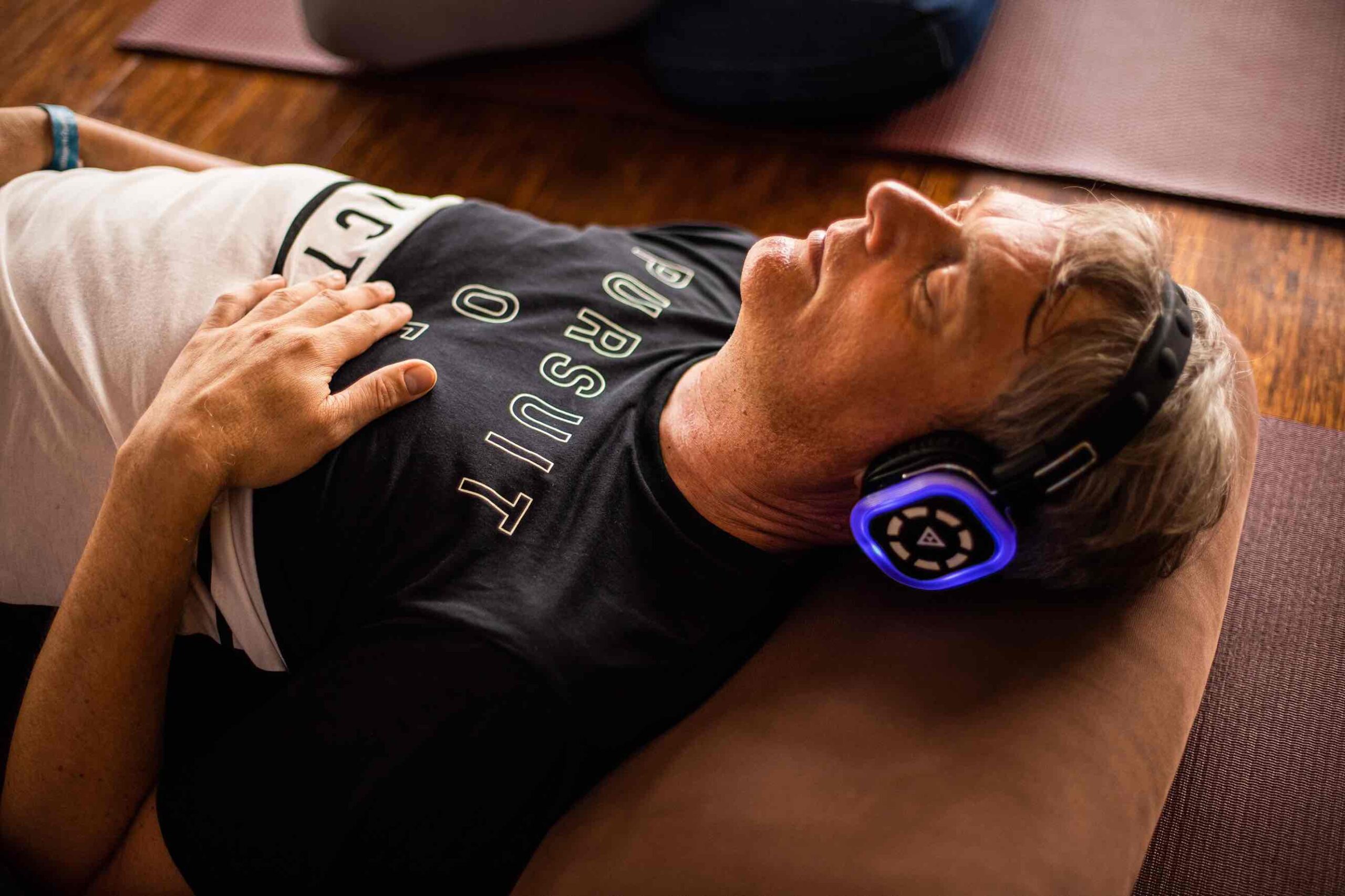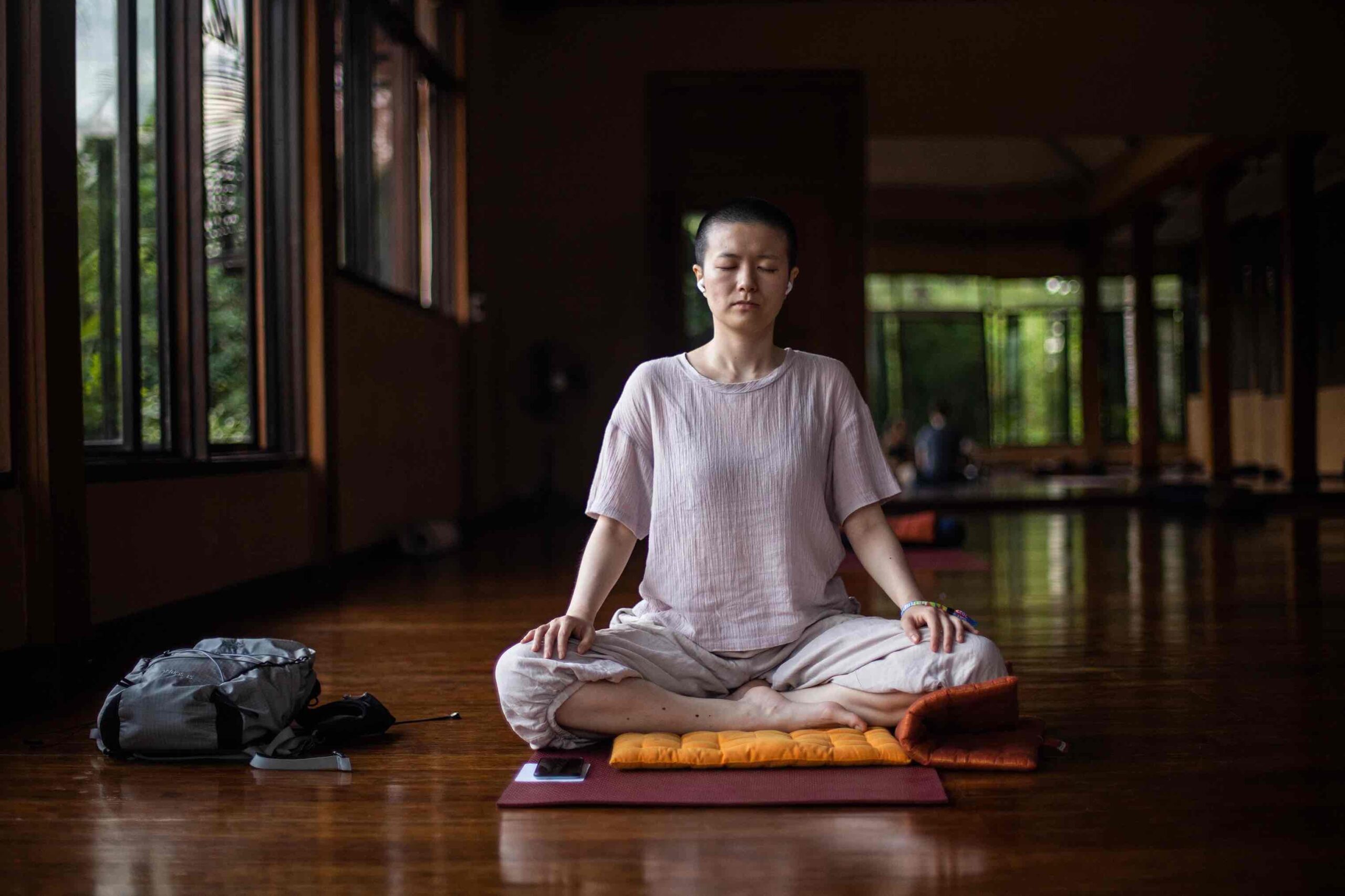Breathing is a natural and unconscious process that we do every moment of our lives. It may surprise you to know that the simple act of breathing can determine the quality of your health. Learn how to integrate the right methods into your life.
Ninety percent of children have acquired some degree of deformity in their mouths and noses. Forty-five percent of adults snore occasionally, and a quarter of the population snores constantly. Twenty-five percent of American adults over 30 choke on themselves because of sleep apnea; and an estimated 80 percent of moderate or severe cases are undiagnosed
– James Nestor
It will take you between a hundred to a hundred and fifty breaths to read this article. That’s about four to five minutes. By the end of today, you’ll have taken twenty thousand of them. The quality of those breaths will determine your health.
“We assume, at our peril, that breathing is a passive action, just something that we do: breathe, live; stop breathing, die.” Nestor explains in his book, Breath, The New Science of a Lost Art, in which he explores the evolution behind our poor breathing habits, and how to correct them. He continues, “But breathing is not binary. How we breathe really matters.”
Not only is breathing essential to our very existence, it is the single most important pillar supporting our health and happiness. Healthy breathing habits affect the straightness of our teeth, the quality of our sleep, our energy levels, physical strength, immune system and our ability to cope with stress.
Breathing poorly can contribute to a plethora of health issues, worsening asthma, allergies, sleep apnea, and more. Shockingly, it can even alter the shape, structure and appearance of your face. After enough time of breathing incorrectly, you’ll be left looking gaunt and sallow, feeling listless and inflamed, with any existing ailments likely amplified.
Rediscovering a lost art
Breathwork might be trending but it certainly isn’t new. Most breathing techniques are centuries old, taking different forms in various cultures, from Qigong and Taoism in Ancient China, to meditation in Greece, Yoga and Pranayama in India, and the art of the Kahun Papyri in Egypt. The earliest evidence of breathwork and meditation dates back to the 8th century, and it was only as of the late 20th century that modern science began to study it. Though there is still a lot of work to be done when it comes to studying the breath, slowly but surely, science is catching up.
The benefits of breathwork
“Yes, breathing in different patterns really can influence our body weight and overall health. Yes, how we breathe really does affect the size and function of our lungs. Yes, breathing allows us to hack into our own nervous system, control our immune response, and restore our health. Yes, changing how we breathe will help us live longer.”
Short term, a consistent breathwork practice leads to better memory and focus, deepens sleep, improves energy levels, as well as alleviating what humanity as a whole seems to be most plagued with – anxiety. In the long term, it reduces symptoms of depression, improves your overall physical health, enhances mental wellbeing and deepens the spiritual connection to one’s higher self or higher power.
How breathwork affects the nervous system
By consciously controlling the way we breathe through specific breathing techniques, we are able to positively influence our autonomic nervous system, which is responsible for a number of unconscious functions in our bodies including our heart rate, digestion and blood pressure. We can deliberately activate our parasympathetic nervous system, which allows our bodies to rest, heal and restore itself.
How breathwork affects your weight
When we are experiencing stress, our body releases cortisol, which increases appetite and leads to weight gain around the abdomen. Breathwork, like deep diaphragmatic breathing and yogic breathing, activates our relaxation response, reducing our cortisol levels. It also strengthens and tones muscles in that area. Breathwork is a powerful addition to a balanced diet and regular exercise as a solution for weight management and overall health.
How breathwork improves your immune system
Recent studies have shown that certain breathing exercises can improve the function of our immune systems by reducing stress and by activating our rest and digest response. Proper breathing practices also increase oxygenation in the body, which improves circulation, further supporting our ability to fight off disease and illness.
Along with adequate sleep, sunlight and nutrition, breathwork can be key in maintaining a strong immune system.
How breathwork increases lung capacity
Most people, due to stress, screen apnea, bad posture and pollution tend to take short, shallow, unsteady breaths – using only the upper part of the lungs. This stimulates the body’s fight or flight response, ineffectively oxygenates the body, and leads to a buildup of carbon dioxide in the bloodstream.
Chest breathing restricts your lung capacity, leading to an elevated heart rate and high blood pressure. The good news is you can retrain your muscles and learn how to expand your lungs, for more restorative breaths. Belly breathing combined with controlled exhalations can strengthen your diaphragm in order to expand the lungs fully.
How to make breathwork part of your daily routine
Incorporating breathwork into your daily life can be as simple as taking just five minutes each morning to practice. Half the work is just showing up. It may feel uncomfortable at first, and you might feel some inner resistance, just know that such a response is actually part of the process. If you learn to push through that sensation, every time will get easier until it becomes an automatic part of your day.
If you find that doing it on your own is not keeping you committed and on track, or that you need a little more structure, finding a guided practice like The Pantheon Method might be a better way forward than creating your own program from scratch.
Before examining the various breathwork techniques and practices, let’s first cover some basic principles of breathing.
Learn how to breathe correctly
- Stop breathing through your mouth. Mouth breathing causes dehydration, interrupted sleep, and bad breath. It also makes you more susceptible to gum disease, tooth decay and respiratory problems like asthma, allergies, colds, and flu. If you’re struggling to do this on your own try using a small piece of face tape placed over your mouth during the day or while you sleep.
- Start breathing through your nose. Nasal breathing improves oxygenation, regulates air temperature and humidity essential to proper respiratory health, stimulates the vagus nerve and promotes better sleep.
- Correct your posture. Poor posture could constrict your lungs and lead to shallow, irregular breathing. The right posture for effective breathing requires a neutral spine alignment, relaxed shoulders and an open chest. Ensure that you are standing with your feet hip distance apart, keep your spine straight, let your shoulders drop down, and place a hand on your belly to make sure your diaphragm is fully engaged.
- Inhale deeply, exhale fully. When you inhale deeply, pushing your belly out, you are making full use of your upper and lower lungs as well as diaphragm. This adequate oxygen intake helps with circulation, and enables the body to deliver vital nutrients and oxygen to the cells, tissues, and organs. Exhaling fully until the lungs are empty is an important part of any breathing practice as it expels unnecessary carbon dioxide from the body, a build up of which can cause respiratory distress, headaches, mental confusion and heart issues.
Find the right practice for you
When it comes to customizing your practice, begin by asking yourself why you want to explore breathwork in the first place. Is it to reduce stress? Improve sleep? Increase energy? Certain practices will be better suited to certain purposes. For instance, Yoga Nidra, a type of yoga that incorporates breathwork, is best suited to those struggling with sleep.
Another factor to consider is breathing pattern. If you are struggling with congestion, rapid breathing like Kapalabhati helps to clear sinuses for better, more effective nasal breathing.
If simplicity is important to you, perhaps a box breathing technique would be easiest to initially adopt, involving breathing in for a count of four, holding for a count of four, breathing out for a count of four, and holding for a count of four.
Techniques like alternate nostril breathing can activate different parts of the brain depending on which nostril you are breathing through. Nestor elaborates on this idea in his book, explaining that “Breathing through the right nostril will also feed more blood to the opposite hemisphere of the brain, specifically to the prefrontal cortex, which has been associated with logical decisions, language, and computing.”
As for the left nostril, Nestor says “Inhaling through the left nostril has the opposite effect: it works as a kind of brake system to the right nostril’s accelerator. The left nostril is more deeply connected to the parasympathetic nervous system, the rest-and-relax side that lowers temperature and blood pressure, cools the body, and reduces anxiety. Left-nostril breathing shifts blood flow to the opposite side of the prefrontal cortex, the right area that plays a role in creative thought, emotions, formation of mental abstractions, and negative emotions.”
Duration is another consideration. Depending on how much time you have to spare, or how much time you are willing to devote to your new practice, you’ll need to choose a technique that is in line with both your capacity and potential limitations. Try to be realistic and gradually increase the time and complexity of whichever practice you choose.
When and where should you practice breathwork
Depending on the practice, most breathing exercises can be performed anywhere, from the comfort of your own home, while commuting or traveling, during work breaks to boost focus and motivation, before stressful events such as exams or public speaking, and even while exercising to improve oxygen supply to your muscles.
Be sure to follow the guidelines of your breathwork coach/practitioner, as some methods involve an element of hypnosis, and can potentially affect coordination. If that is the case, do not practice these techniques while driving, swimming or standing.
Begin your breathwork practice with The Pantheon Method
By taking just a few minutes a day to focus on your breathing, you can positively impact your life in countless ways. From reducing stress and anxiety to improving sleep, energy levels, immune system and lung capacity, the benefits of breathwork are numerous. And so far, science agrees.
Take control of your health and well-being, and start incorporating breathwork into your daily routine. The Pantheon Method is a powerful breathing and meditation technique that combines rapid and rhythmic breathing, meditation on energy centers, and binaural sounds. This method was inspired by the ancient Kapalabhati yogic kriya, which aimed to cleanse the air ducts within the head. The purpose of the Pantheon Method is to move through and meditate on the seven pillars to clear emotional blockages and cultivate creative states. Join our online community space to practice, heal, and connect.




